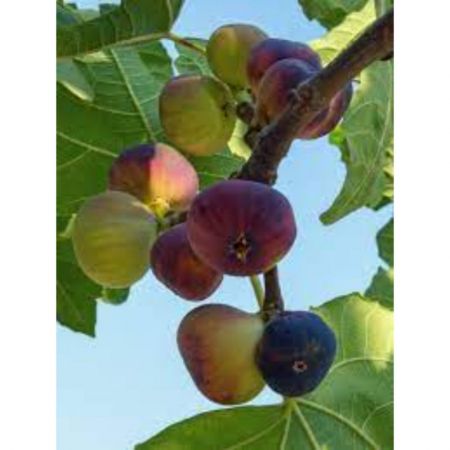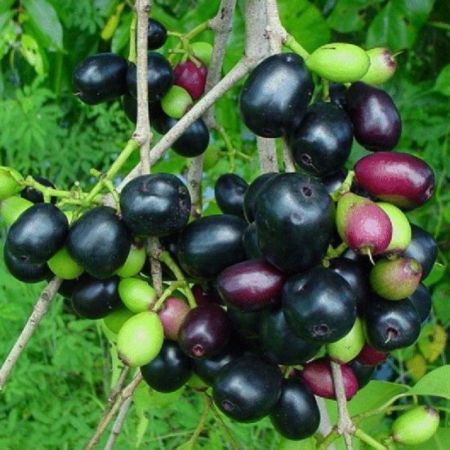<
Dragaon Fruit Plant with nursery cover
The flavor of dragon fruit is mildly sweet with a hint of kiwi or pear, though it can vary slightly depending on the variety. The flesh is juicy and refreshing but is not overly sweet compared to many tropical fruits.
₹ 249.00
₹349
(Inclusive of all taxes)
-

No Warranty
-

COD Not Avilable
-

Non Returnable
-

Non cancelable
About this item
Scientific Classification:
- Scientific Name: Hylocereus spp. (common species include Hylocereus undatus, Hylocereus costaricensis, Hylocereus megalanthus)
- Common Names: Dragon fruit, Pitaya, Pitahaya, Strawberry pear
- Family: Cactaceae
- Genus: Hylocereus
- Native Region: Central America, but now widely grown in tropical and subtropical regions worldwide.
2. Plant Description:
- Size: The dragon fruit plant is a vining cactus that can grow to 3–6 meters (10–20 feet) in height or more, depending on the variety and growing conditions. It typically requires some form of support, such as a trellis or fence, to grow vertically.
- Stems: The plant has triangular, succulent stems that are green to yellowish-green, depending on the variety. These stems can become quite thick, and they are the main structural feature of the cactus.
- Spines: The stems are often covered with small, soft spines. These spines are not particularly sharp, but they are still protective for the plant.
- Flowers: Dragon fruit plants are famous for their large, white, fragrant flowers that bloom overnight. The flowers can be up to 30 cm (12 inches) in diameter and are often referred to as "Queen of the Night" due to their nocturnal blooming behavior. The flowers last only a single night before wilting.
- Fruit: The fruit of the dragon fruit plant is a fleshy berry with a bright-colored skin (usually pink, red, or yellow), and it has a characteristic spiky or leathery texture. Inside, the fruit is filled with white, pink, or red pulp speckled with black seeds.
- Roots: Dragon fruit plants have shallow roots, making them susceptible to waterlogging but also allowing them to thrive in well-drained soils.
0 Review Of Product Dragaon Fruit Plant with nursery cover











.png)
